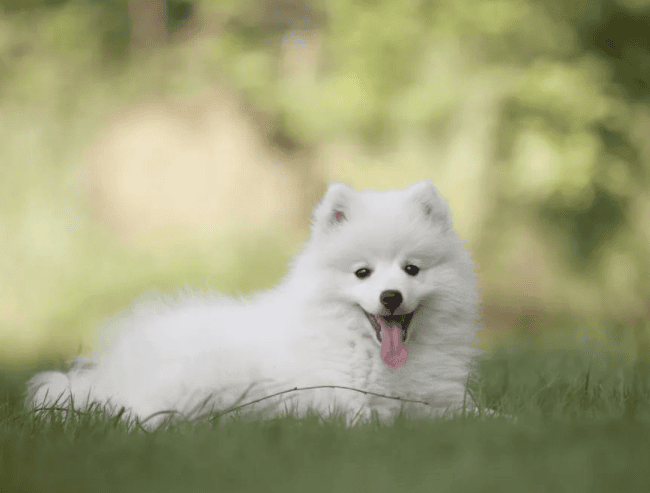As one of mankind’s most loyal companions, dogs often make people curious: What are they thinking about every day? Although dogs cannot express their inner world in words, through observation and scientific research, we can get a glimpse of their inner thoughts and emotions.
1. Daily needs and desires
A dog’s daily thinking mainly focuses on satisfying basic needs and desires. They might be thinking: Am I hungry? Can I get some snacks or a delicious meal? Do I need to get out and do some exercise? It should be noted that dogs' food cravings are usually intense, so most of the time they may be thinking about how to find food or how to attract their owner's attention to get food.

In addition, dogs may also be thinking about how to satisfy their desire for socialization and play. They love to interact, play, and relax with their families, so dogs often spend a lot of energy thinking about how to attract their owner's attention, ask for play, or find companionship.
2. Expression and communication of emotions
Dogs are emotional animals, and they are often thinking about how to express their emotions and needs. The dog may be thinking about how to express its love and attachment to its owner, and how to convey its own emotions. For example, when the owner comes home, the dog may be thinking about how to express its joy by wagging its tail, licking the owner's face, or making cheerful barks.
In addition, dogs may also think about how to express emotions such as friendship or hostility when communicating with other dogs or animals. They communicate with other animals and express their emotions and intentions through postures, expressions, sounds, etc.
3. Memory and Emotional Recall
Dogs have excellent memory capabilities, and they may think about some past experiences and feelings at different points in time. They may be reminiscing about fun times with their owners, outings, or friends they met at the park. In addition, dogs will also be thinking about experiences that have caused them pain or discomfort, such as unpleasant experiences in hospitals, confrontational or fearful situations, etc.
Through memory and emotional recall, dogs can find emotional support and satisfaction in their daily lives, and it also helps them better adapt to the current environment and situation.

4. Attention and longing for their owners
Dogs usually regard their owners as part of their lives The most important thing is that their daily thoughts often include concern and longing for their owners. When the owner is not around, the dog may be thinking about the owner's return, or missing the owner's companionship and care. When the owner is at home, the dog will also be thinking about how to better accompany the owner, protect the owner, or get the owner's attention.
Dogs’ emotional investment in their owners is often an important part of their daily thinking. They interweave their own emotions and needs with love and loyalty, expressing their deep attachment to their owners.
Although dogs’ thinking cannot be expressed in human language, through observation and scientific research, we can find that the inner world of dogs is colorful and full of emotions. Dogs think primarily in terms of focusing on satisfying basic needs and desires, expressing emotions and emotional memories, and thinking about and paying attention to their owners. By understanding the inner world of dogs, we can better build relationships with them, meet each other's needs, and enjoy happy times together.

 扫一扫微信交流
扫一扫微信交流
发布评论